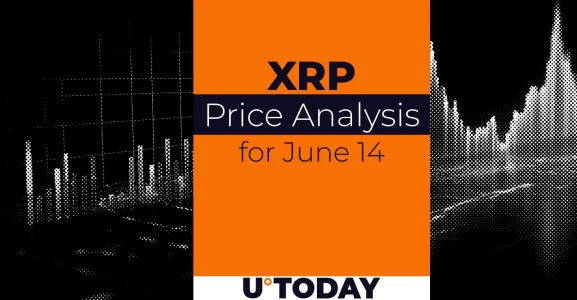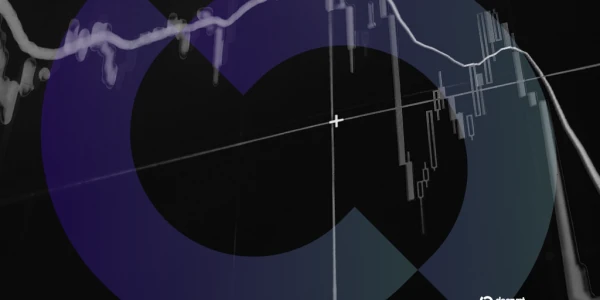
Bitcoin at a Crossroads: Will the Cryptocurrency Surge to $114,800 or Plummet to $83,200?
Breakout or breakdown from key BTC level could define next market move[...]
Bitcoin Bounces Back, But Bulls Face Crucial Test
Navigating the Shifting Tides of the BTC Market
Bitcoin recently surged to a new all-time high of $111,800 before experiencing a pullback, testing the resilience of bullish momentum. This retracement presents a critical challenge for market optimists as they contend with profit-taking from long-term holders while trying to sustain upward price movement.
Decoding the Short-Term Holder Cost Basis
Glassnode data reveals the Short-Term Holder (STH) cost basis - the average purchase price for recent buyers - currently sits at $97,100. This metric, along with its standard deviation bands ($114,800 and $83,200), forms a key sentiment indicator. Breaking outside this range could signal the market's next major directional move, either confirming or rejecting the current momentum.
Navigating the Accumulation and Distribution Zones
Bitcoin's recent price action appears driven by spot market activity, with potential support levels between $81,000-$85,000, $93,000-$96,000, and $102,000-$104,000. However, Glassnode's CBD heatmap shows historical accumulation zones have transformed into distribution areas, particularly in the $25,000-$31,000, $38,000-$44,000, and $60,000-$73,000 ranges, creating selling pressure.
The Crucial Test for Long-Term Holders
The current consolidation phase tests the conviction of Q1 2025 investors who weathered prices below $80,000. Key support at $103,700 and $95,600, along with resistance at $114,800, will likely determine Bitcoin's next significant move. Market participants are closely watching whether these levels hold as indicators of continued bullish strength or potential weakness.
As Bitcoin navigates this critical juncture, the interplay between short-term trader activity and long-term holder behavior will shape the cryptocurrency's trajectory in coming weeks. The market's ability to absorb selling pressure while maintaining key support levels remains the primary focus for analysts and investors alike.
Most Viewed News








